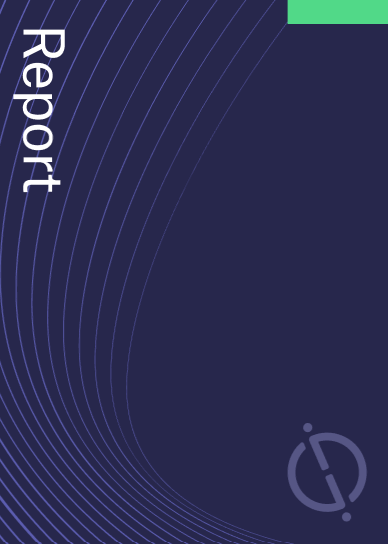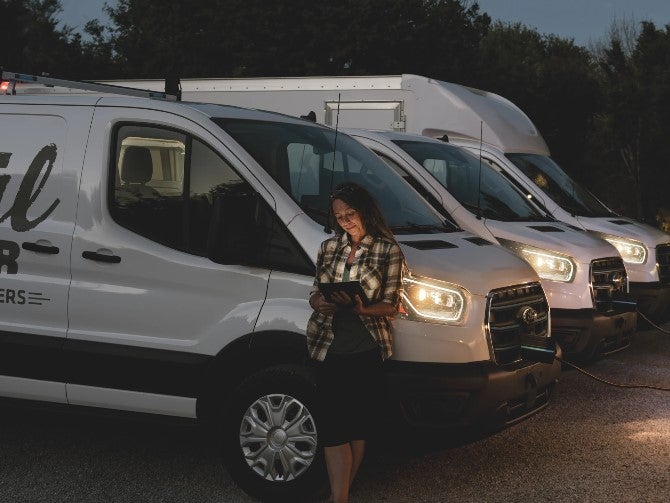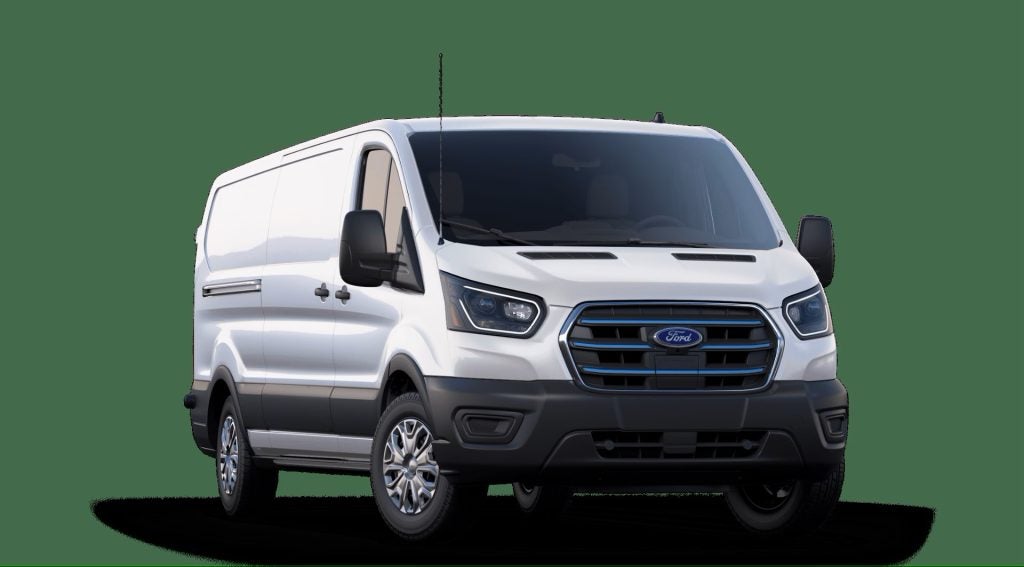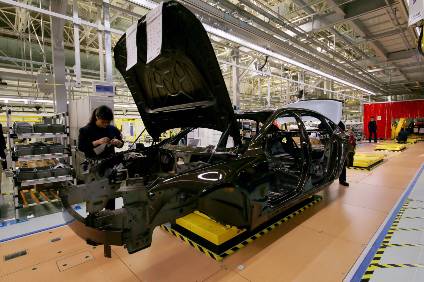The automotive industry continues to be a hotbed of innovation. Activity is driven by driver safety, passenger comfort and dependable interface between driver and vehicle, and growing importance of technologies such as touch-based 3D gesture recognition and swipe gestures. In the last three years alone, there have been over 1.2 million patents filed and granted in the automotive industry, according to GlobalData’s report on Cloud in Automotive: Gesture-sensing AR/VR interfaces. Buy the report here.
According to GlobalData’s Technology Foresights, which uses over 619,000 patents to analyse innovation intensity for the automotive industry, there are 290+ innovation areas that will shape the future of the industry.
Gesture-sensing AR/VR interfaces is a key innovation area in cloud
Gesture-based interfaces and technology enable users to manipulate devices and change objects in the VR environment using their hands and other body parts.
GlobalData’s analysis also uncovers the companies at the forefront of each innovation area and assesses the potential reach and impact of their patenting activity across different applications and geographies. According to GlobalData, there are 70 companies, spanning technology vendors, established automotive companies, and up-and-coming start-ups engaged in the development and application of gesture-sensing AR/VR interfaces.
Key players in gesture-sensing AR/VR interfaces – a disruptive innovation in the automotive industry
‘Application diversity’ measures the number of different applications identified for each relevant patent. It broadly splits companies into either ‘niche’ or ‘diversified’ innovators.
‘Geographic reach’ refers to the number of different countries each relevant patent is registered in. It reflects the breadth of geographic application intended, ranging from ‘global’ to ‘local’.
Patent volumes related to gesture-sensing AR/VR interfaces
Source: GlobalData Patent Analytics
Apple is the top player in gesture-sensing AR/VR interfaces. The Apple Watch’s assistive touch helps users who have difficulty touching the screen or pressing the buttons. The built-in sensors can help answer calls, control an onscreen pointer, and launch a menu of actions using hand gestures. Porsche Automobil, Microsoft, Cox Enterprises and Honda are the other key players in gesture-sensing AR/VR interfaces.
To further understand how cloud is disrupting the automotive industry, access GlobalData’s latest thematic research report on Automotive.
Data Insights
From

The gold standard of business intelligence.
Blending expert knowledge with cutting-edge technology, GlobalData’s unrivalled proprietary data will enable you to decode what’s happening in your market. You can make better informed decisions and gain a future-proof advantage over your competitors.







